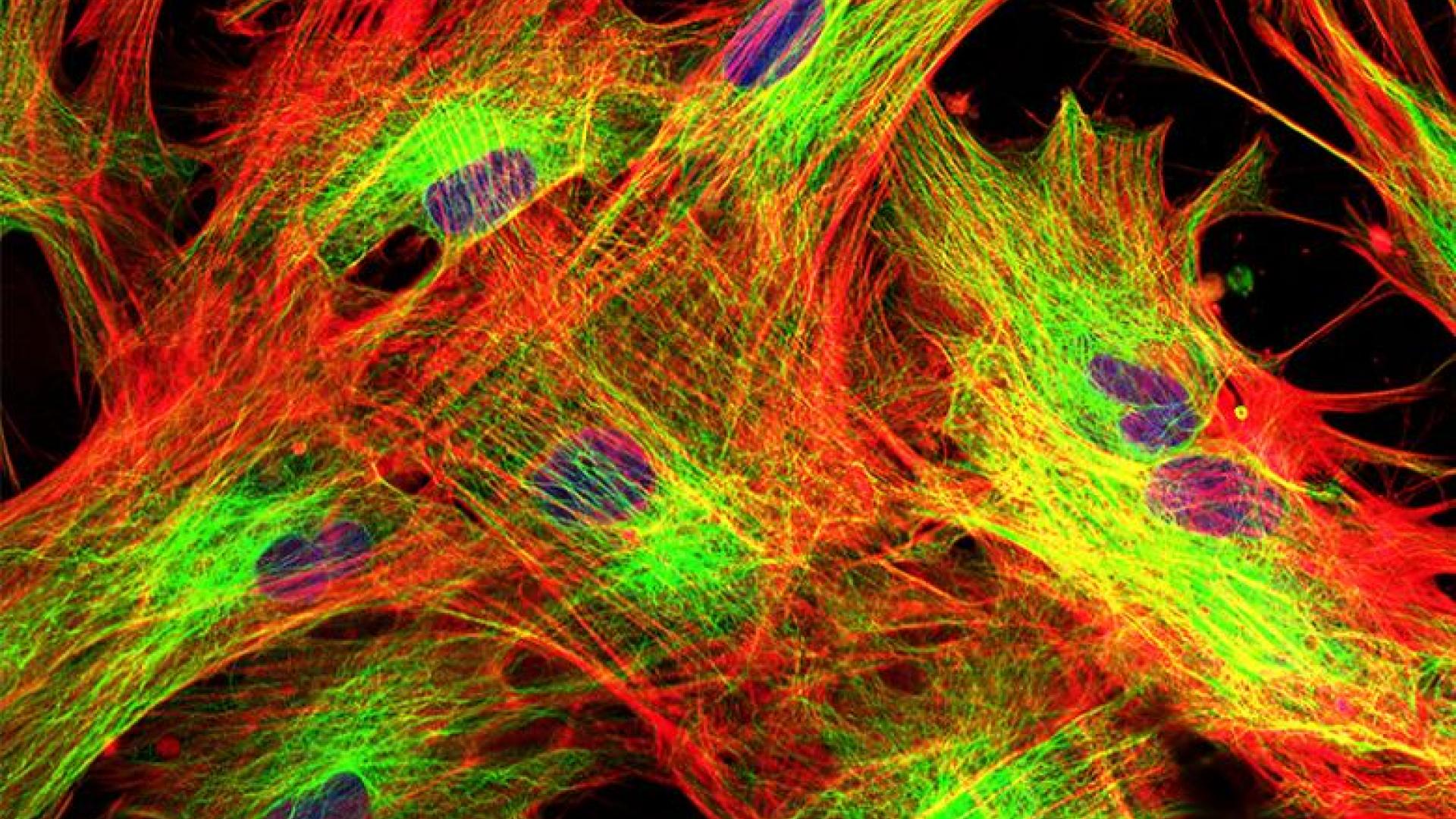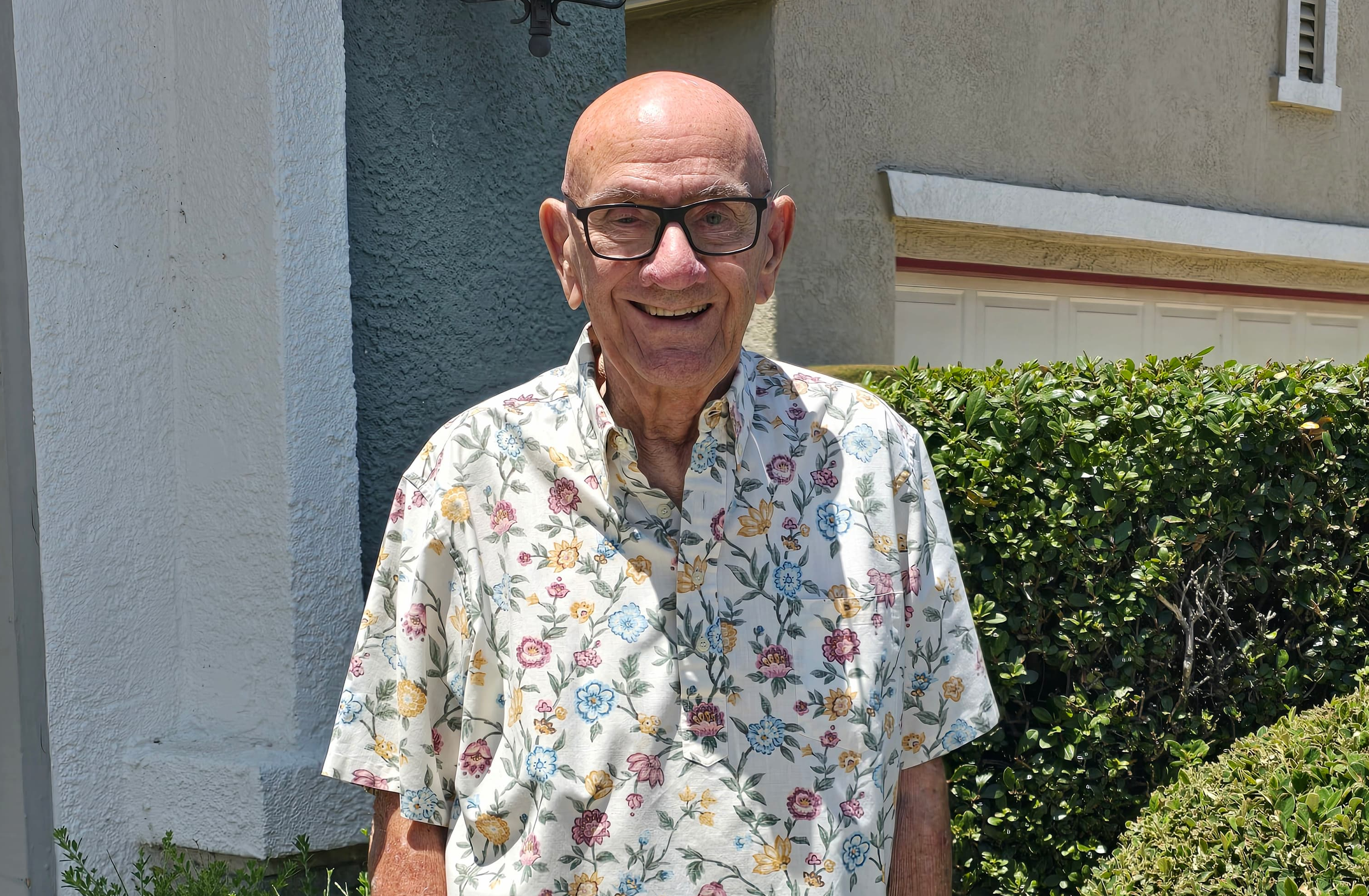
There are many effective and different treatments for open-angle glaucoma, but the one unifying concept is that all current treatments are designed to lower eye pressure.
Treatments for open-angle glaucoma include medications (usually eye drops), laser trabeculoplasty (a procedure that improves drainage of eye fluid through the spongy tissue located near the cornea, called the trabecular meshwork), and surgery.
There is also research, some in clinical trials already, for new treatments that do not focus only on lowering eye pressure, but also on promoting the health of the optic nerve. However, none of these new treatments are currently available to people who have glaucoma.
Video: Overview of Treatments for Glaucoma
Laser Treatment for Open-Angle Glaucoma
A recent, randomized clinical trial demonstrated that laser therapy (the LiGHT trial), specifically selective laser trabeculoplasty (SLT), is an appropriate and effective first-line treatment for open-angle glaucoma. Indeed, in this study, 74 percent of patients who underwent SLT did not require additional eye drops to maintain their target eye pressure three years after treatment. In addition, patients who underwent laser therapy were more likely to be at their goal eye pressure at clinic visits compared to patients who were only treated with eye drops. The laser works by targeting tissues (trabecular meshwork) that drain the fluid inside the eye and improve the drainage outflow, thereby lowering eye pressure. However, it is important to understand that the effect of the laser does wear off over time, and the laser is not a “cure” for glaucoma.
Medication Treatment for Open-Angle Glaucoma
In situations where the person does not want to first undergo laser treatment, but rather prefers eye drops, there are many options available. Most of the eye drops lower the eye pressure by either slowing the formation of the fluid inside the eye (called aqueous humor) or by promoting better drainage of the fluid.
Medication treatment usually works to get the eye pressure into the right range but has to be used regularly every day to be effective. It may cost more in the long run than other forms of treatment, and may have some side effects. Any medication can cause some transient burning or stinging or blurring of vision on the administration of the eye drop. This is rarely significant enough to stop using the medications. Other side effects that can come from almost any eyedrop include itching, redness, or allergic reactions. Always ask your doctor if your eye medication might be producing some puzzling symptom. Also, some of the medications come in preservative-free formulations, which can decrease some of the side effects. Each of the eye drops mentioned above also has unique side effects, which you should discuss with your ophthalmologist. The good thing about medication therapy is that if a significant side effect occurs, it usually can be eliminated by stopping the medication and substituting something else.
When medications do not get the pressure low enough, are not likely to work, are not taken regularly enough, or produce side effects that are uncomfortable or potentially dangerous, laser surgery or traditional operating room surgery is usually used to slow or stop the deterioration of the optic nerve and consequent loss of vision. Both laser and operating room surgery may be used in addition to or instead of medication therapy. Sometimes, if the pressure needs to be lowered significantly, laser surgery is bypassed, and operating room surgery may be required.
Medications that Improve Drainage of Eye Fluid
First-line treatment includes prostaglandin analogues, which are highly effective at lowering eye pressure: These work by promoting better drainage from the eye.
- latanoprost (Xalatan®)
- bimatoprost (Lumigan®)
- travoprost (Travatan®)
Medications that Reduce Eye Fluid Formation
- timolol (Timoptic XE Ocumeter® and Timoptic®)
- dorzolamide (Trusopt®)
- brinzolamide (Azopt®)
- brimonidine (Alphagan®) reduces fluid formation and improves drainage
Combination Eye Drops
- Dorzolamide and timolol (Cosopt®)
- Latanoprost and timolol (Xalacom®)
- Brimonidine and timolol (Combigan™)
- Brinzolamide and brimonidine (Simbrinza®)
Less Commonly Used Eye Medications
Less commonly used medications include pilocarpine, and agents taken orally: acetazolamide (Diamox™) and methazolamide (Neptazane™).
- Pilocarpine
- Acetazolamide (Diamox™)
- Methazolamide (Neptazane™)
New Medications
The FDA has recently approved several new medications that take differing approaches to treating the disease. Latanoprostene bunod ophthalmic solution (Vyzulta™) is similar to latanoprost, but it also releases nitric oxide, which is thought to relax the trabecular meshwork to increase drainage of aqueous humor and improve aqueous humor outflow. Netarsudil ophthalmic solution (Rhopressa®) also works by relaxing the trabecular meshwork, although differently, and also has other effects that all help to reduce eye pressure.
Another eye drop to arrive is a combination of netarsudil and latanoprost (Rocklatan™) which has the convenience of once a day dosing at bedtime.
- Latanoprostene bunod ophthalmic solution (Vyzulta™)
- Netarsudil ophthalmic solution (Rhopressa®)
- Netarsudil and latanoprost (Rocklatan™)
In March 2020, the FDA has approved Durysta™, a new long-term, biodegradable eye implant, containing bimatoprost (prostaglandin analog) to reduce eye pressure in people with ocular hypertension or open-angle glaucoma. Durysta is currently indicated as a single-use implant, and patients who receive thee implant would not be able to be re-administered a second time.
Surgical Treatment for Open-Angle Glaucoma
There are many types of operating room surgery, and a lot of different factors go into your ophthalmologist’s decision about what surgery he or she may recommend. The common theme among these surgeries is to lower eye pressure, whether by increasing the amount of fluid that drains out of the eye or decreasing the amount of fluid produced by the eye. The first mechanism (increasing outflow) usually results in lower eye pressures and is typically the first strategy used. Two of the most common glaucoma surgeries are trabeculectomy and tube shunt surgery.
Trabeculectomy
Trabeculectomy is an operative procedure that improves the drainage by creating a trap door in the wall of the eye. The fluid is shunted from inside the eye, past the obstructed trabecular meshwork to a space outside the wall of the eye but under the outer membrane covering the eye (the conjunctiva). The drainage under the conjunctiva causes a blister (bleb) to form which is usually under the upper eyelid.
Trabeculectomy requires an operating room, anesthesia by injection, an anesthesiologist, and about one hour of operating time. It is a delicate operation. Unlike most laser treatment where the eye recovers very quickly, with trabeculectomy, the eye takes anywhere from two to six weeks to recover vision. Although unusual, serious complications can occur, including infection in the eye, bleeding inside the eye, worsening of cataract, and eye pressure that is too low. Some of these complications, while rare, can cause permanent loss of vision. Therefore, this operation is reserved for eyes that have not responded adequately to medical or laser surgery. Despite the possible complications, trabeculectomy is successful in controlling the eye pressure and may be the only way to prevent the loss of vision from glaucoma for some people.
Tube Shunt Surgery
Tube shunt surgeries are like trabeculectomy but involve implantation of a tube that shunts fluid to the outside of the eye wall but inside the conjunctiva. In many ways, it is like the trabeculectomy but uses hardware to accomplish the same thing. Tube shunts are often successful when trabeculectomy fails or in some forms of glaucoma where trabeculectomy does not work well. The complications are similar to trabeculectomy, although sometimes the implant may work its way to the surface of the eye and have to be repaired or removed.
Minimally Invasive Glaucoma Surgery
Newer glaucoma surgeries were developed because of the desire to improve the safety of trabeculectomy and tube surgeries. These surgeries as a group are called “minimally invasive glaucoma surgeries” or MIGS. The benefit of MIGS is that generally, the safety profile of these surgeries is improved. On the other hand, the amount of eye pressure lowering that one can achieve with these surgeries is less than trabeculectomy and tube shunt surgery, so some patients with more advanced glaucoma who require very low eye pressures may not benefit from MIGS. MIGS surgeries are often combined with cataract surgery, although not always. MIGS procedures are still evolving and changing, and it is important to have a discussion with your ophthalmologist about the goals of any MIGS procedure you may undergo. For example, sometimes, the goal of an additional MIGS procedure is to decrease the number of eye drops you have to use.
Summary
In summary, there are many options to treat open-angle glaucoma. Although this article describes some of the factors that should be considered in selecting treatment, there are many individual and unique factors that may make one treatment more appropriate for one person versus another. It is important to continue communication with your ophthalmologist about the goals of your treatment and the side effects and impact on your quality of life that treatment may have. In this way, the optimum treatment strategy for this life-long disease can be pursued.
About BrightFocus Foundation
BrightFocus Foundation is a premier global nonprofit funder of research to defeat Alzheimer’s, macular degeneration, and glaucoma. Since its inception more than 50 years ago, BrightFocus and its flagship research programs—Alzheimer’s Disease Research, Macular Degeneration Research, and National Glaucoma Research—has awarded more than $300 million in research grants to scientists around the world, catalyzing thousands of scientific breakthroughs, life-enhancing treatments, and diagnostic tools. We also share the latest research findings, expert information, and resources to empower the millions impacted by these devastating diseases. Learn more at brightfocus.org.
Disclaimer: The information provided here is a public service of BrightFocus Foundation and is not intended to constitute medical advice. Please consult your physician for personalized medical, dietary, and/or exercise advice. Any medications or supplements should only be taken under medical supervision. BrightFocus Foundation does not endorse any medical products or therapies.
- Glaucoma Surgery
- Medications
- Treatments









